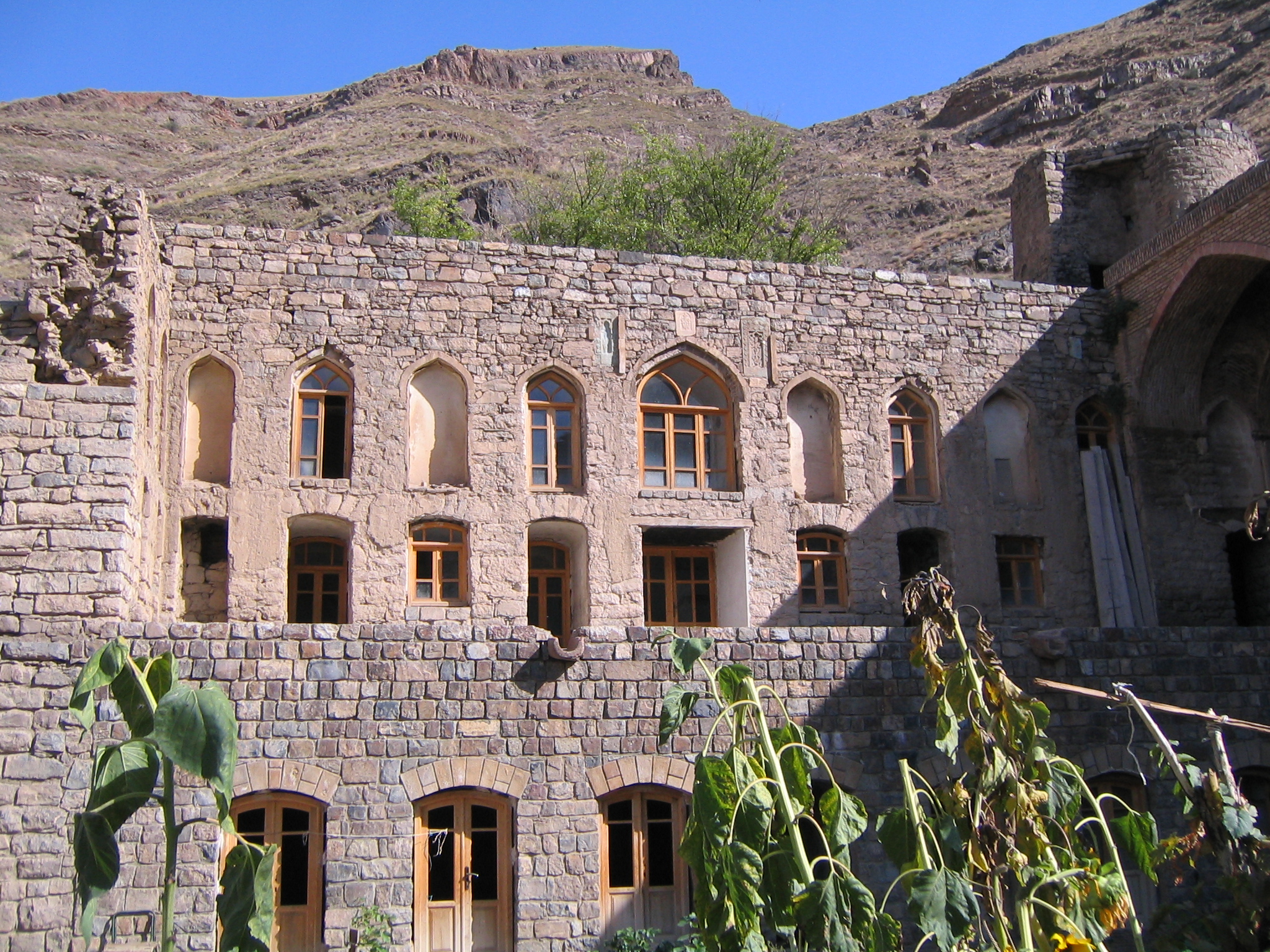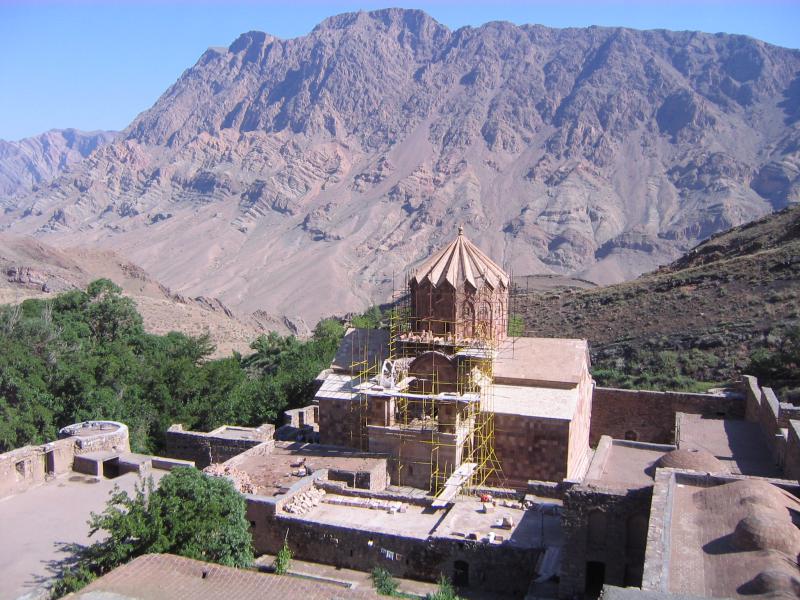تصویر : کلیسا سن استپانوس
استان:
آذربایجان شرقیاطلاعات تکمیلی:
توضیحات:
کلیسای سن استپانوس، یا کلیسای استفانوس مقدس دومین کلیسای مهم ارمنیهای ایران است که از نظر اهمیت بعد از قرهکلیسا قرار میگیرداین بنا در استان آذربایجان شرقی در ۱۷ کیلومتری غرب شهر جلفا و در فاصله ۳ کیلومتری کرانه جنوبی رودخانه ارس در محلی به نام «قزل وانک» (صومعه سرخ) واقع شدهاست. این کلیسا در سده نهم میلادی ساخته شدهاست ولی به علت زلزله دچار آسیبهای جدی شده بود که در دوران صفویه مورد مرمت و بازسازی قرار گرفت. این اثر در تاریخ ۱۵ اسفند ۱۳۴۱ با شمارهٔ ثبت ۴۲۹ بهعنوان یکی از آثار ملی ایران به ثبت رسیدهاست. کلیه محوطه کلیسا در قلب کوهها و در میان طبیعت سبز منطقه مرزی جلفا و جمهوری آذربایجان قرار گرفتهاست. این کلیسا مورد احترام تمام مسیحیان و کم و بیش تمامی ادیان است اما در واقع به شاخه مسیحیان گریگوری (پیروان گریگور روشنگر) که ساکن ارمنستان هستند تعلق دارد. در یک روز از سال هزاران نفر از ارمنیان در این نقطه گردهم میآیند تا ضمن زیارت، مراسم و مناسک خاص خود را بهجای آورند. شمایل سنت استپانوس یا سنت استفان اولین کسی که در راه مسیحیت جان سپرد سنت استپانوس برگرفته شده از نام استپانوس (یا همان استفان در زبان ارمنی) شهید اول راه مسیحیت است و در اغلب کشورهای جهان کلیساهای متعددی با همین ن
دانلود این عکس
